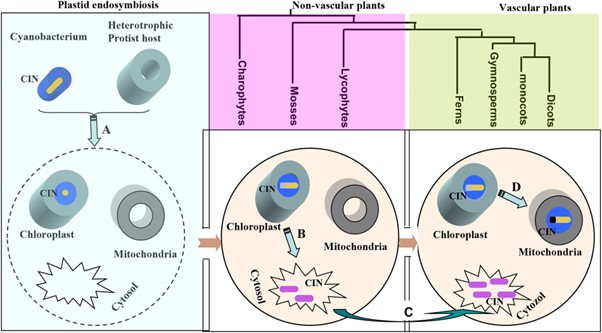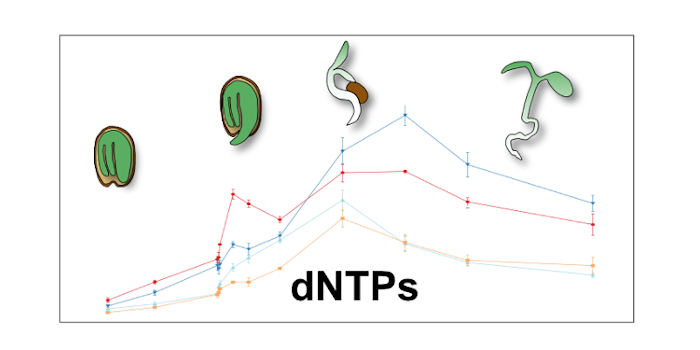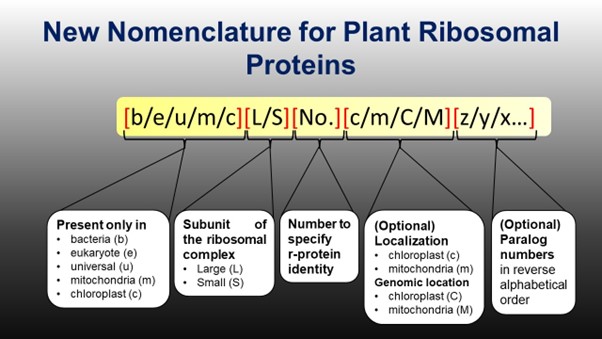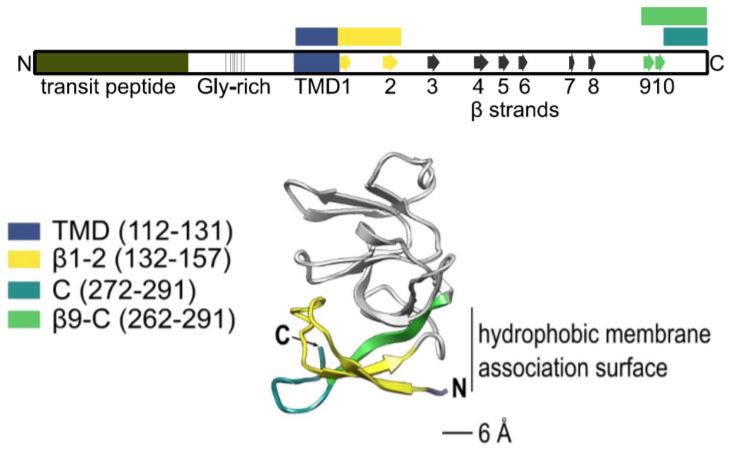
Evolution of cytosolic and organellar invertases empowered the colonization and thriving of land plants
Plant Science Research WeeklyInvertases catalyse the conversion of sucrose into glucose and fructose. In plants, invertases fall into two clades – the mitochondrially/plastid localized α clade and the cytoplasmically localized β clade. However, we do not fully understand how these clades evolved. Here Wan et al. identified 665…

Germination and seedling establishment – Let’s get this par-‘T’ started!
The Plant Cell: In a NutshellNiehaus et al. explore the nucleotide metabolome of germinating seeds
By Markus Niehaus1, Henryk Straube1 and Marco Herde1
1Leibniz Universität Hannover, Department of Molecular Nutrition and Biochemistry of Plants
Background: All living organisms, including plants, possess DNA and rely on…

Updating plant ribosomal protein nomenclature
Plant Science Research WeeklyThe ribosome is a macromolecular structure made up of many subunits. The proteins in these subunits were named based on their sedimentation rates and gel mobility, but different groups gave the proteins different names in various species, not based on homology. A ribosomal protein (r-protein) nomenclature…

How to make an extraordinary machine: SMALL ORGAN 4 regulates ribosome biogenesis in plants
Blog, Plant Physiology, Plant Physiology: News and Views, ResearchRibosomes are essential molecular machines in the cell that translate mRNA sequences into proteins. Growing parts of an organism produce many ribosomes, so that after each cell division both daughter cells have enough to translate the proteins necessary for growth and development. Defects in ribosomes…

Here, there and everywhere: Plastid- and nuclear-localized WHIRLY1 regulates salicylic acid homeostasis during developmental senescence
Blog, Plant Physiology, Plant Physiology: News and Views, ResearchDoes a new job always come with a new location? Perhaps this is true for some plant proteins; half of the proteins are located in more than one subcellular compartment. Emerging evidence in plants shows that nuclear-encoded proteins undergo redox and posttranslational modifications or processing events…

Hold Me, Fold Me...or Not!
Blog, Research, The Plant Cell, The Plant Cell: In BriefIt's not just human relationships that may require a chaperone to prevent inappropriate interactions. Numerous proteins in organisms from Escherichia coli to us, especially hydrophobic membrane proteins, also require chaperones in aqueous environments to prevent inappropriate interactions such as aggregation…

More Than Just a FAD(5): Unsaturated Fatty Acids in Chloroplasts Elicit Protective Autoimmunity
Blog, Research, The Plant Cell, The Plant Cell: In BriefArabidopsis (Arabidopsis thaliana) chloroplast-division mutants that have abnormally large chloroplasts have been around for quite some time, not only because they can be identified relatively easily through screening (Pyke & Leech 1991) and because their spectacular morphology sparks intrigue, but…

